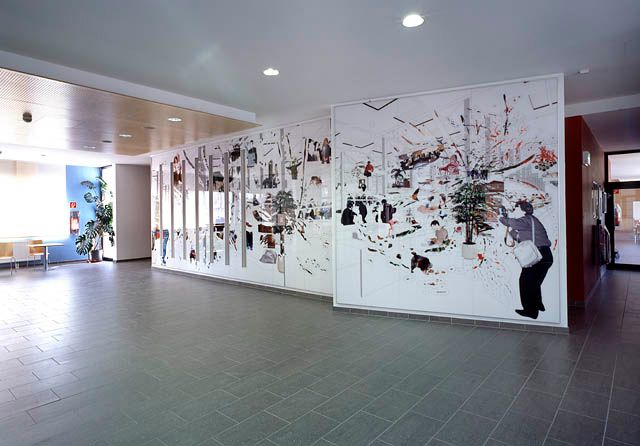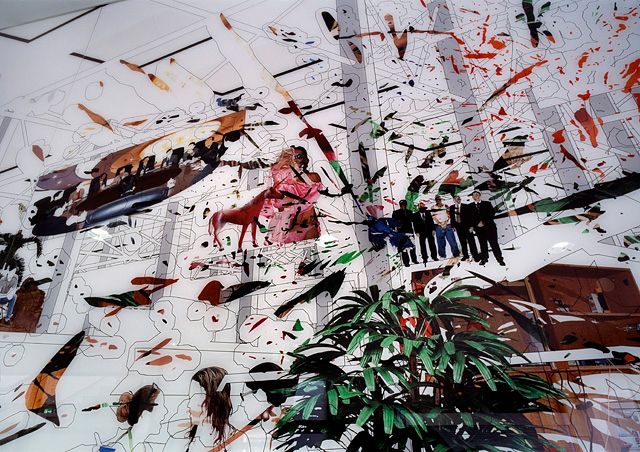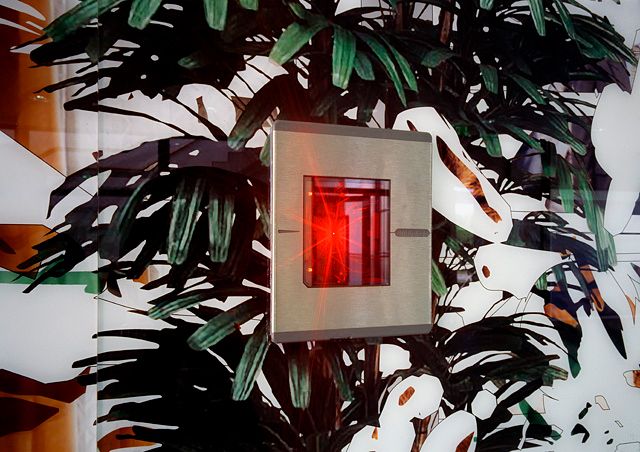Susanne Schuda,
Florian Schmeiser
:
Landesberufsschule in Theresienfeld
Back
Information
The artists adopted the core theme of the college, and installed images on the walls showing a supermarket situation. When you pass the barcode of any item over the integrated supermarket scanner, each sequence of digits is translated into different successions of tones.
It is probably not easy to reach pupils of a vocational college with in-house art. For their proposal Susanne Schuda and Florian Schmeiser chose neither a decorative nor a functionalist approach, where the art would have provided a service. Their project is based on a profound consideration of the context. The resulting object has been provided for the pupils at Theresienfeld to use, and they even have a certain amount of creative freedom. Trade is central to the curriculum at the college. The EAN (European Article Numbering) or barcode provides the core for the optimisation of the flow of all data and goods between the retailer and the manufacturer. It stands for security, organisation, traceability and control – in contrast to the ubiquitous reigning chaos, i.e. seen in the fact that one does not know where something comes from or what exactly is inside it. Schuda/Schmeiser hung two images showing a perspective view of a supermarket. This supermarket is filled with images that alternate between confusion and order. When the barcode of any product is passed over an integrated supermarket scanner in the image, the series of numbers on it is translated into a succession of sounds. This 'order' is overlaid with parameters selected at random by a digital synthesizer, so each succession of numbers sounds completely different. And the sound produced by the same series of numbers is altered more each time it is scanned, becoming increasingly chaotic. Perhaps users with enough practise can still recognise goods by their sound, though. The scanner and the barcode comprise an 'intelligent instrument' capable of reflecting the principles of reality in the relationship between planned and random factors.
(Robert Temel)




